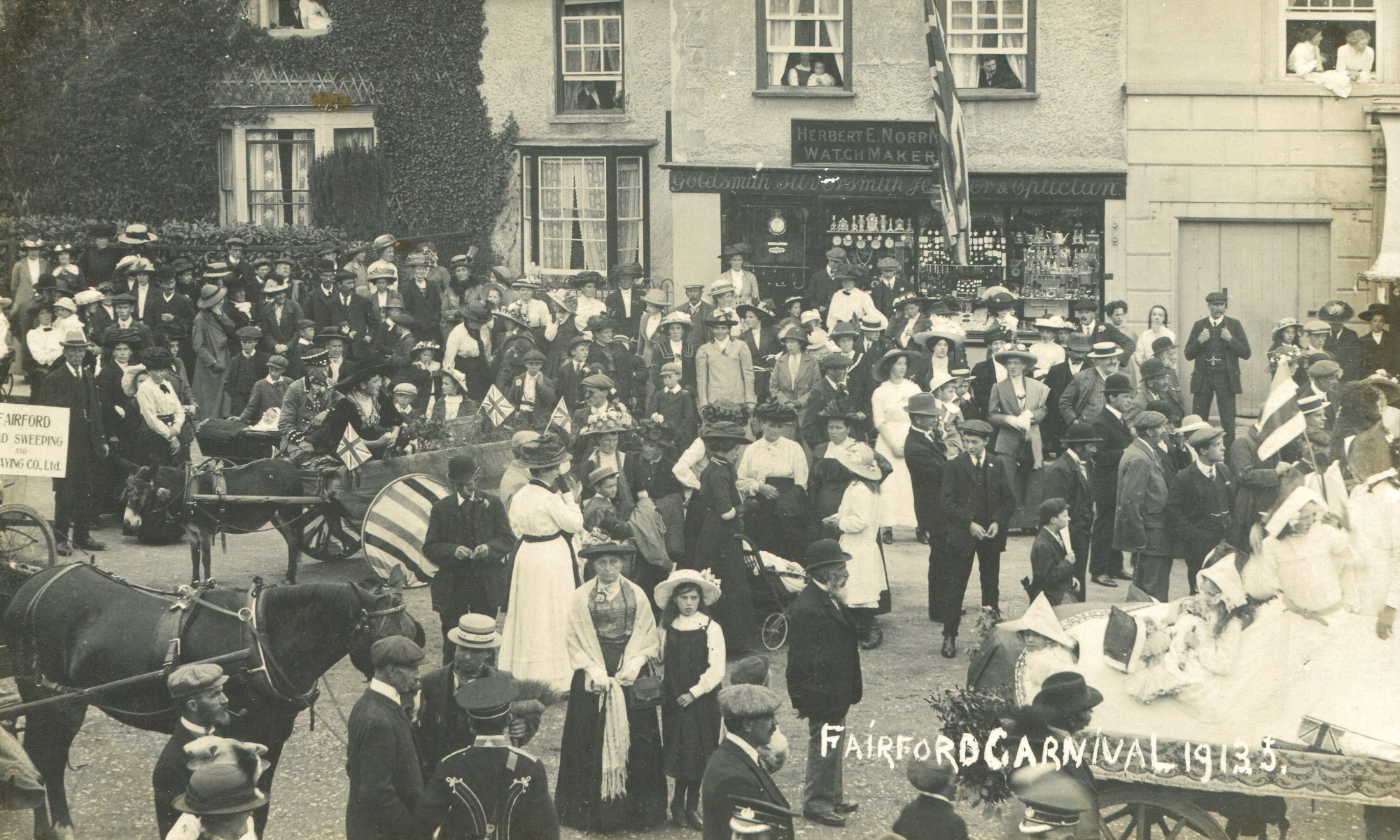Martin Lee-Brown gave a fascinating talk on the origins and development of land ownership in England through the centuries starting with that most invaluable source of reference: the Domesday Book of 1086. Following the Norman Conquest much of the land was taken into Royal ownership and some of it was then granted to loyal followers. Proof of ownership was required and land was subsequently passed on to family members, or sold off (often to pay for debts). The administrative work required for proof of ownership led to the art of conveyancing and the birth of the all-important deed. The management of the recording and transfer of land and property ownership eventually became part of the remit of the solicitor.
To illustrate his lecture, Martin shared with the audience several local deeds from the 18th and 19th centuries. He pointed out that the descriptions of property in some of these deeds often left much to be desired and undoubtedly resulted in confusion and possibly legal action. He reviewed some of the early Fairford solicitors starting with George Symonds White (who acted for the Raymond Barkers among many others), and later firms such as Wilmots and Hitchman Iles. He mentioned the Fairford Booke (which has been transcribed by the FHS) as an invaluable source of information on early Fairford property.
Martin then continued to tell of his own experience as a solicitor in the Fairford district and how the various changes in legislation relating to land ownership and tenancy helped to define the law more precisely. Greater accuracy in the description and mapping of ground plans and the current practice of creating and storing online documents have also helped to improve the service provided by today’s solicitors.
The Fairford Booke
A 17th century book deposited at Gloucestershire Archives by Wilmots Solicitors containing Fairford register of deeds to church lands, (1601-74), including schedule of lands, (1662) GA D1070/X/2


